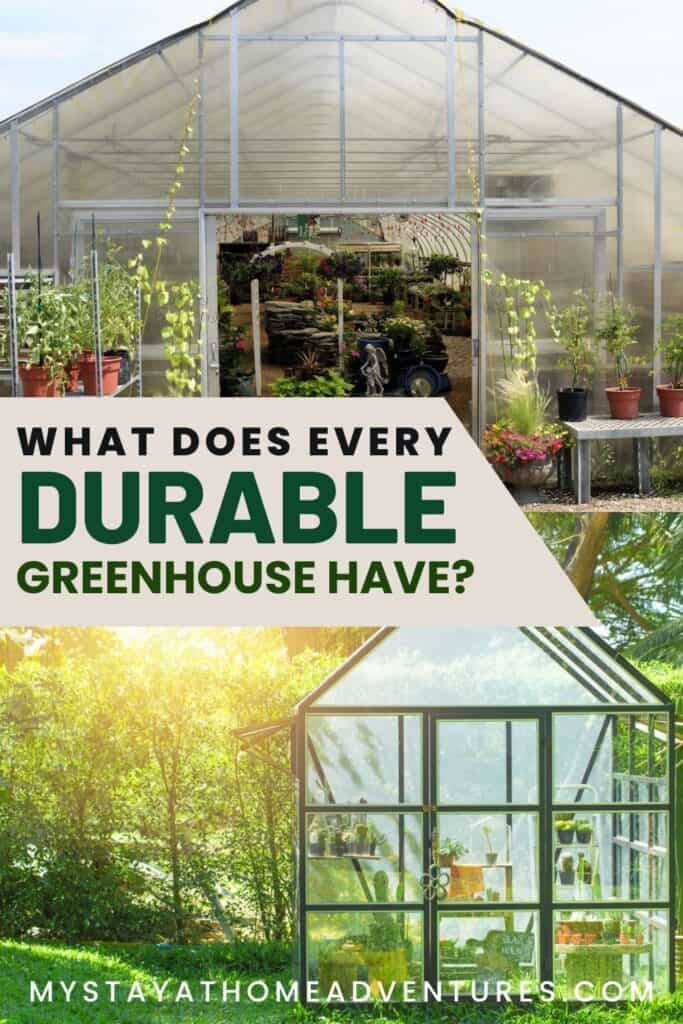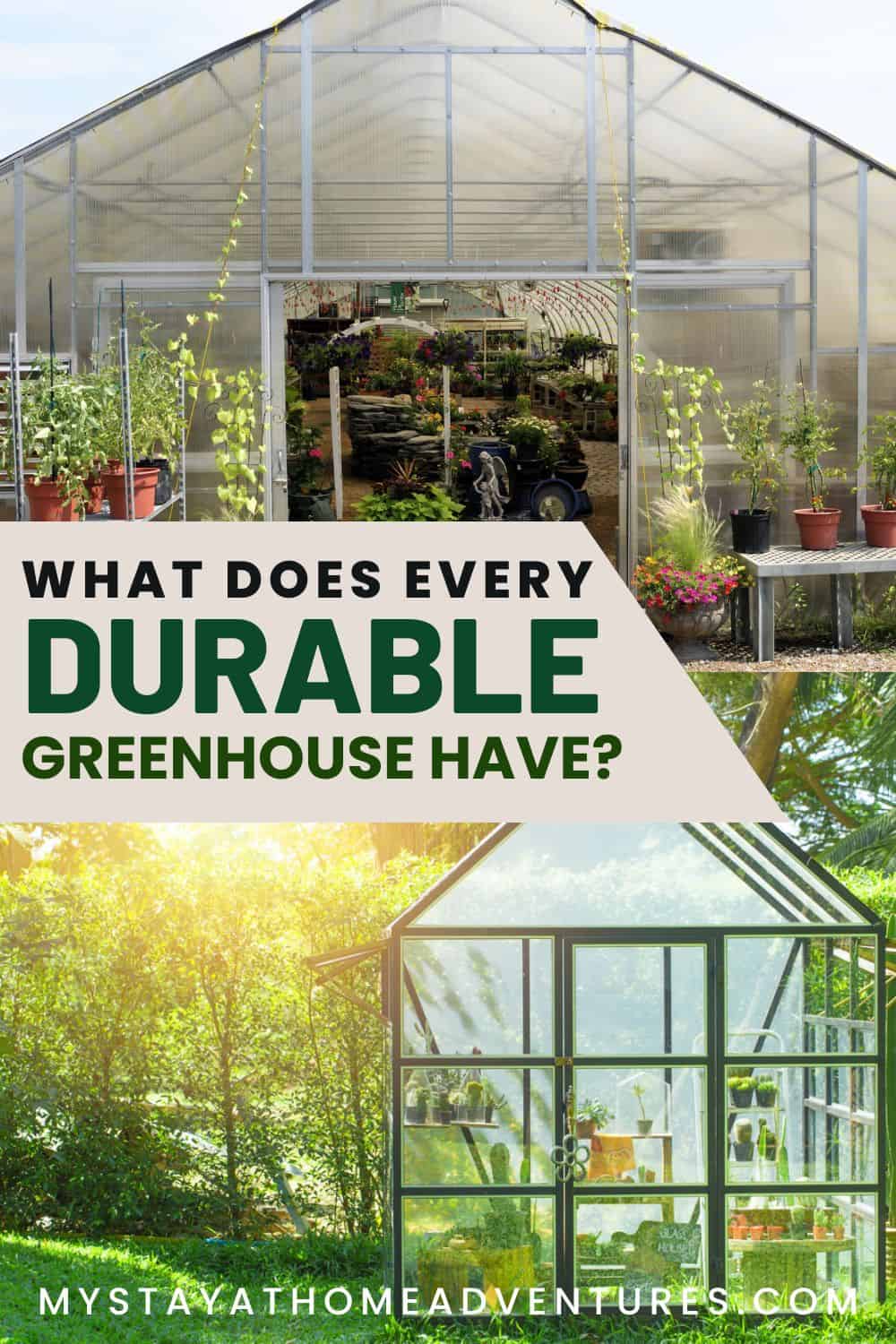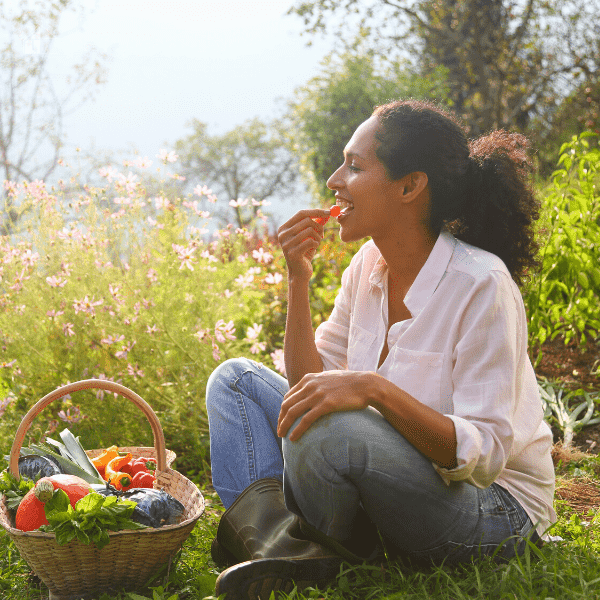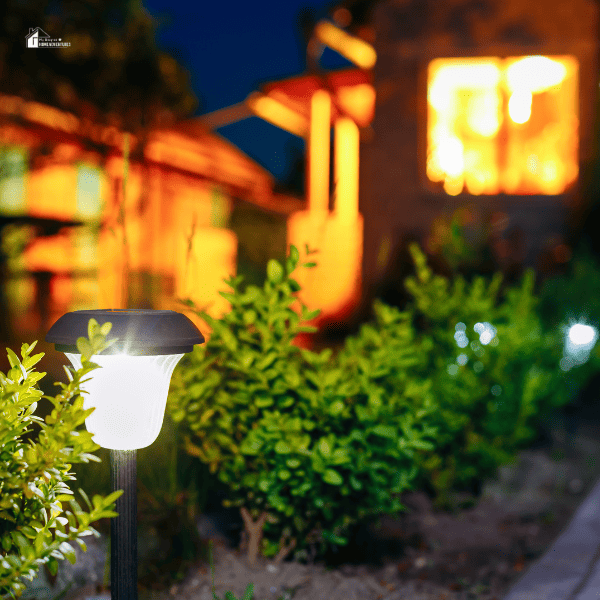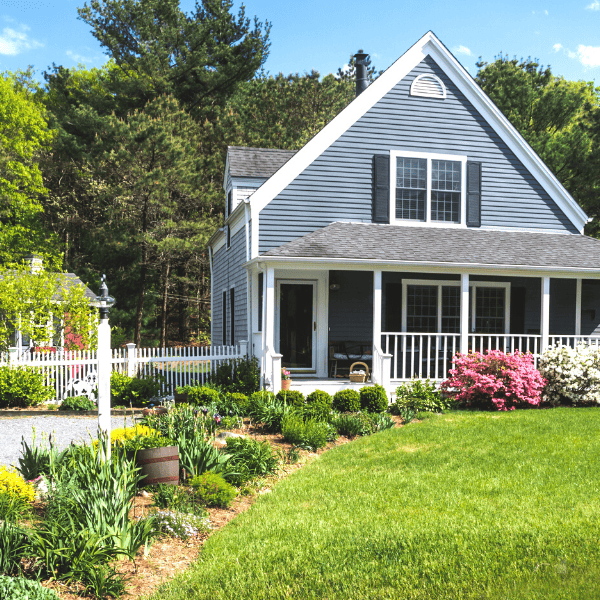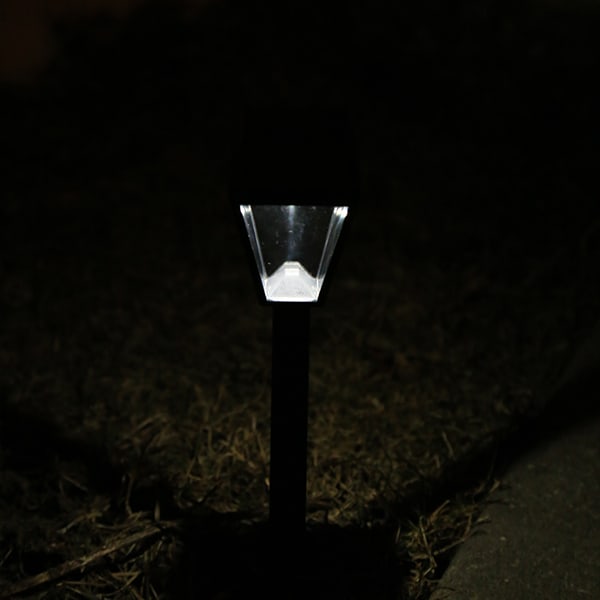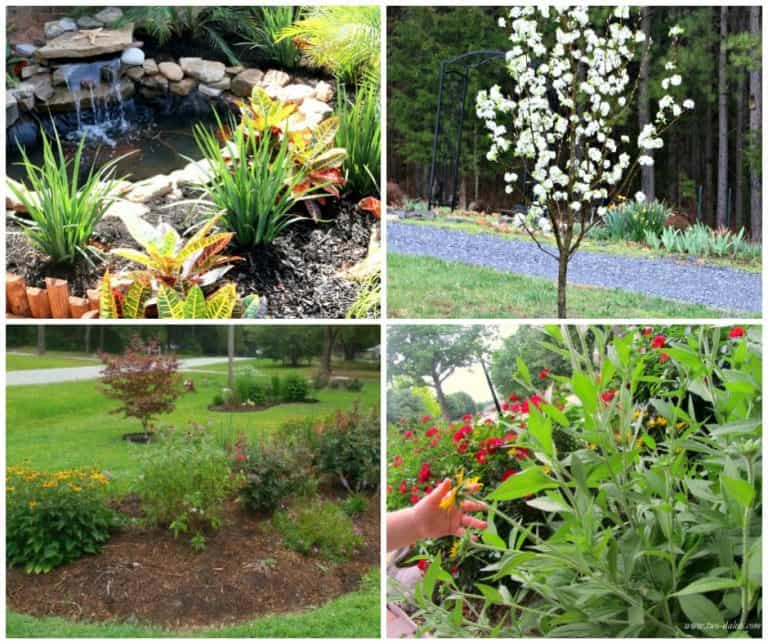What Does Every Durable Greenhouse Have?
This post may contain affiliate links which might earn us money. Please read my Disclosure and Privacy policies hereIn the realm of gardening and agriculture, greenhouses have become indispensable tools for extending growing seasons, protecting plants from adverse weather, and optimizing environmental conditions for plant growth. A durable greenhouse not only serves as a sanctuary for plants but also stands as a testament to sustainable agricultural practices. But what exactly makes a greenhouse durable and efficient?
Let's explore the essential features that characterize a resilient greenhouse structure.
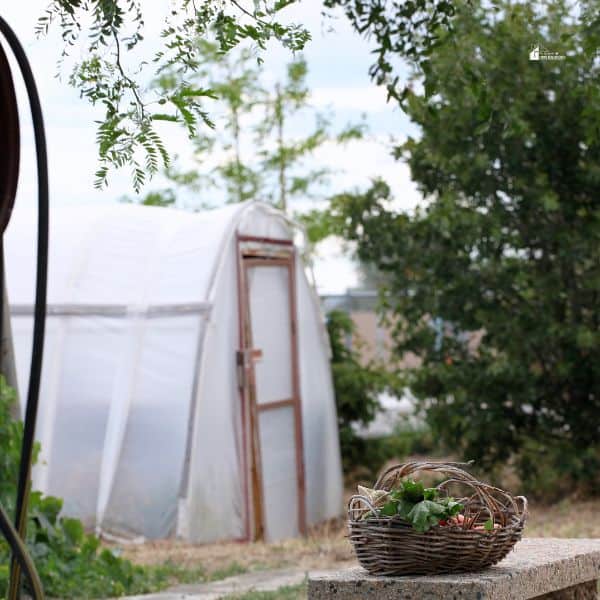
Foundations and Framing: The Skeleton of Stability
The foundation and framing of a greenhouse are pivotal in ensuring its longevity and durability. A strong foundation prevents shifting and settling, which can distort the structure and crack the glazing. Most durable greenhouses utilize a concrete foundation or pressure-treated wood base, providing a solid and level platform for the entire structure.
The framing, acting as the skeleton, supports the greenhouse's covering material. Aluminum, galvanized steel, and wood are the most common materials used for framing. Aluminum, being lightweight and resistant to rust, is favored for its longevity and low maintenance. For example, using an aluminum sheet in the construction of these frames enhances durability and provides additional structural support. Wood offers a traditional aesthetic and natural insulation but requires treatment to prevent rot and pest infestation.
Glazing Materials: Clarity and Strength Combined
The choice of glazing material significantly impacts the durability, insulation, and light transmission of a greenhouse. Glass, while offering excellent clarity and durability, can be expensive and prone to breaking. Consequently, many opt for more resilient alternatives, such as polycarbonate. Clear multiwall polycarbonate panels are especially prized for their strength, lightweight, and ability to provide balanced light diffusion while offering excellent insulation. These panels resist impacts, reduce heat loss, and protect plants from harmful ultraviolet rays, making them a staple in the construction of enduring greenhouses.
Ventilation Systems: Breathing Life into Greenhouses
Proper ventilation is crucial in preventing overheating and ensuring a constant supply of fresh air for plants. A durable greenhouse incorporates roof vents, side vents, or louvre windows that can be manually or automatically controlled. This system allows for the regulation of temperature and humidity, which is essential for plant health and disease prevention.
Heating and Insulation: Guarding Against the Cold
Heating systems and insulation are vital for greenhouses used year-round in cooler climates. Insulating the greenhouse with bubble wrap or using thermal screens can significantly reduce heat loss. Meanwhile, heaters powered by electricity, gas, or biomass can maintain optimal temperatures during colder months. Efficient heating systems coupled with effective insulation ensure that a greenhouse remains productive and durable, regardless of external weather conditions.
Watering Systems: The Lifeline for Plants
Irrigation is another critical component of a durable greenhouse. Drip irrigation, capillary mats, and automated watering systems deliver water directly to the plant's roots with minimal waste, ensuring that plants receive the necessary hydration without promoting the spread of disease through high humidity levels.
Final Thoughts: The Essence of Perseverance
A durable greenhouse is more than just a structure; it's a carefully crafted environment designed to withstand the test of time and nature. Every aspect of a greenhouse is integral to its overall resilience, from the solid foundation that anchors it to the ground to the advanced glazing materials that protect and nurture the plants within. As we embrace sustainable agricultural practices, the importance of constructing durable, efficient greenhouses has never been more apparent. These green sanctuaries safeguard our plants and symbolize our commitment to nurturing the planet.
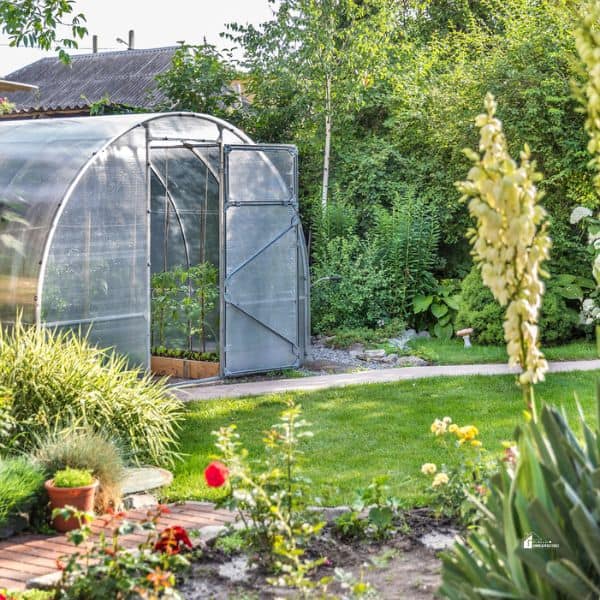
Frequently Asked Questions
What is a durable greenhouse?
A durable greenhouse is designed to withstand various environmental conditions, such as high winds, heavy snow, and extended exposure to sunlight. It's built with robust materials and structural designs that enhance its longevity and functionality.
What materials are commonly used in the construction of durable greenhouses?
Durable greenhouses typically use materials like polycarbonate panels, reinforced glass, or layered polyethylene sheets for cladding. The frames are often made of galvanized steel, aluminum, or treated wood, all known for their strength and resistance to corrosion.
How important is the foundation of a greenhouse?
The foundation is crucial for ensuring the durability and stability of a greenhouse. A solid foundation, often made of concrete or anchored wood, prevents structural shifting and damage from environmental stresses.
Can a durable greenhouse withstand extreme weather?
Yes, durable greenhouses are specifically designed to resist extreme weather conditions. Features like reinforced frames, anchoring, and high-quality glazing materials help protect the structure against high winds, heavy snowfall, and other severe weather.
What are the best glazing materials for a durable greenhouse?
Polycarbonate panels are favored for their strength, light transmission properties, and UV resistance. Tempered glass is also a good option due to its durability and resistance to impact.
How does ventilation play a role in the durability of a greenhouse?
Proper ventilation helps regulate temperature and humidity levels within a greenhouse, preventing structural decay and the buildup of harmful molds or fungi. It also ensures that plants remain healthy and stress-free.
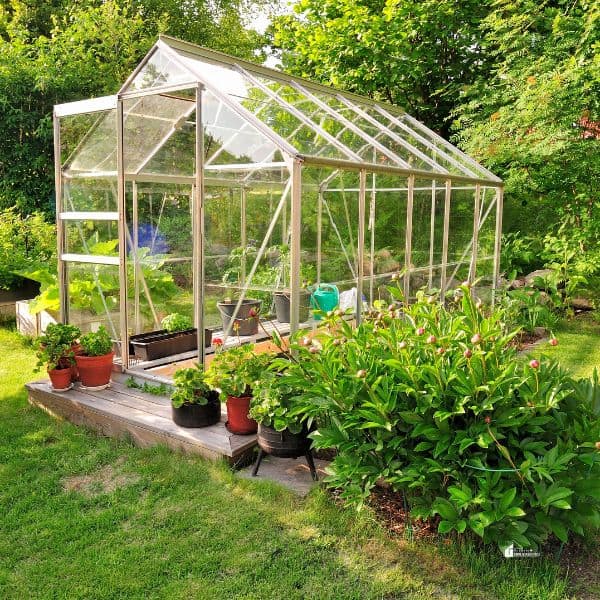
Are there specific designs that enhance the durability of a greenhouse?
Yes, designs such as the gothic arch or A-frame can enhance durability by promoting efficient runoff of rain and snow, thereby minimizing load and potential damage. Including elements like wind braces and snow load kits can also significantly increase durability.
How often should maintenance be performed on a durable greenhouse?
Routine maintenance is key to preserving the longevity of a greenhouse. This includes checking and repairing seals, cleaning gutters, inspecting the integrity of panels, and ensuring that the frame is free from rust or corrosion.
What is the typical lifespan of a durable greenhouse?
With proper maintenance, a durable greenhouse can last anywhere from 10 to 20 years or more, depending on the materials used and environmental conditions it faces.
Can I build a durable greenhouse on a budget?
Yes, building a durable greenhouse on a budget is possible. Focusing on the most critical aspects, like a strong frame and effective glazing, while possibly compromising on size or extra features, can lead to significant cost savings without sacrificing durability.
How can I enhance the durability of an existing greenhouse?
Enhancing durability can involve upgrading glazing materials to more resistant varieties, reinforcing the structure with additional braces or supports, and regularly maintaining the frame and foundation to prevent degradation.
